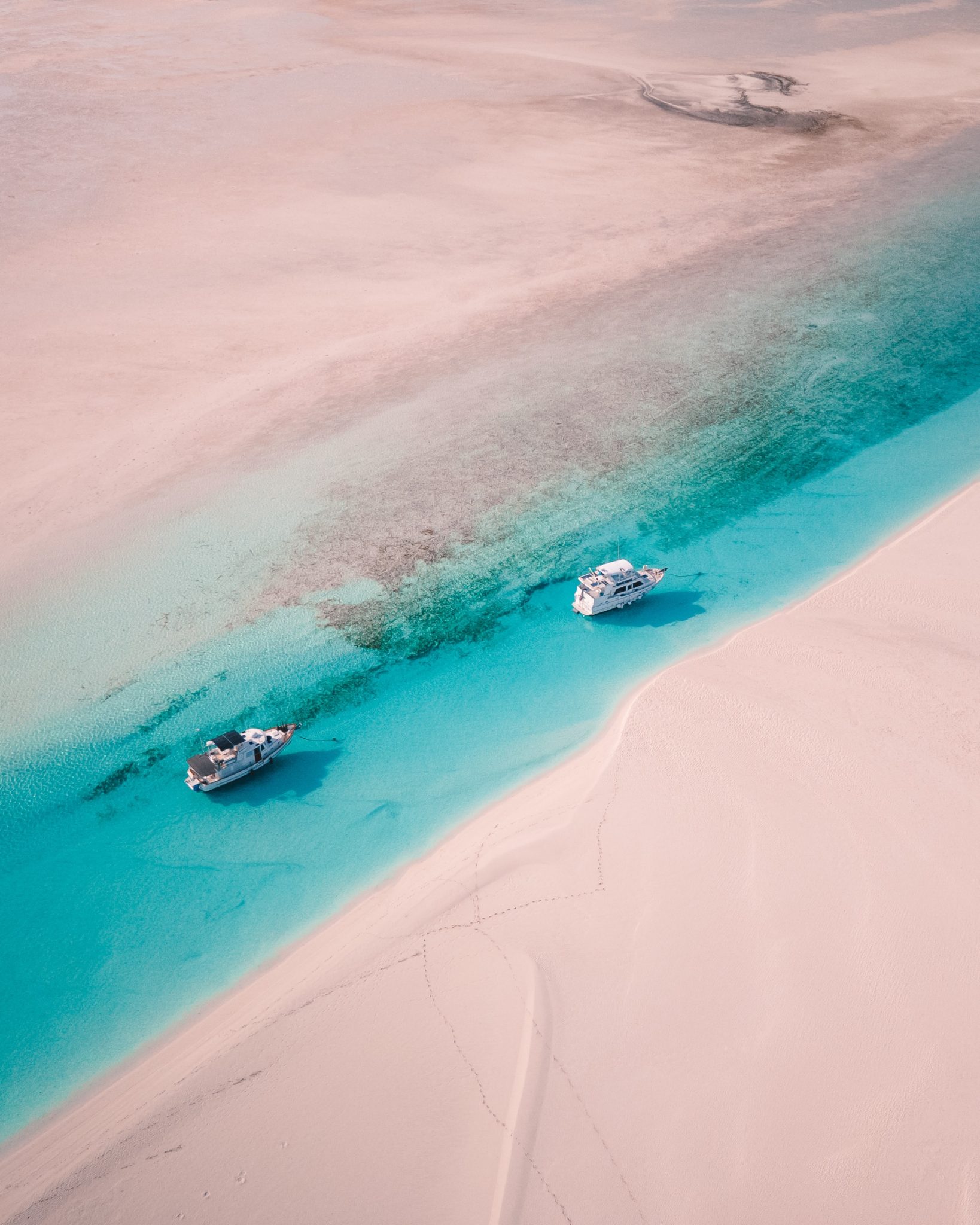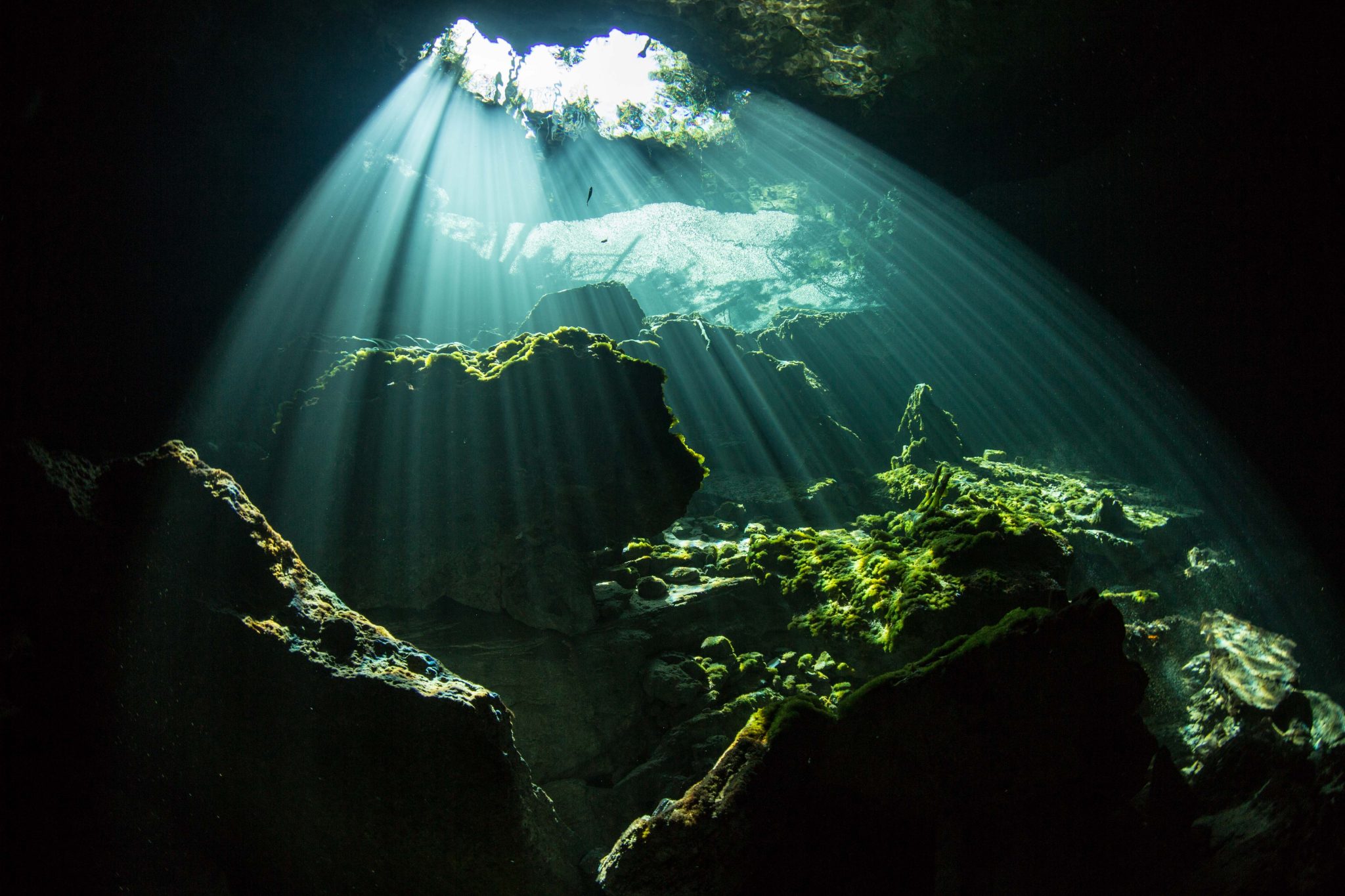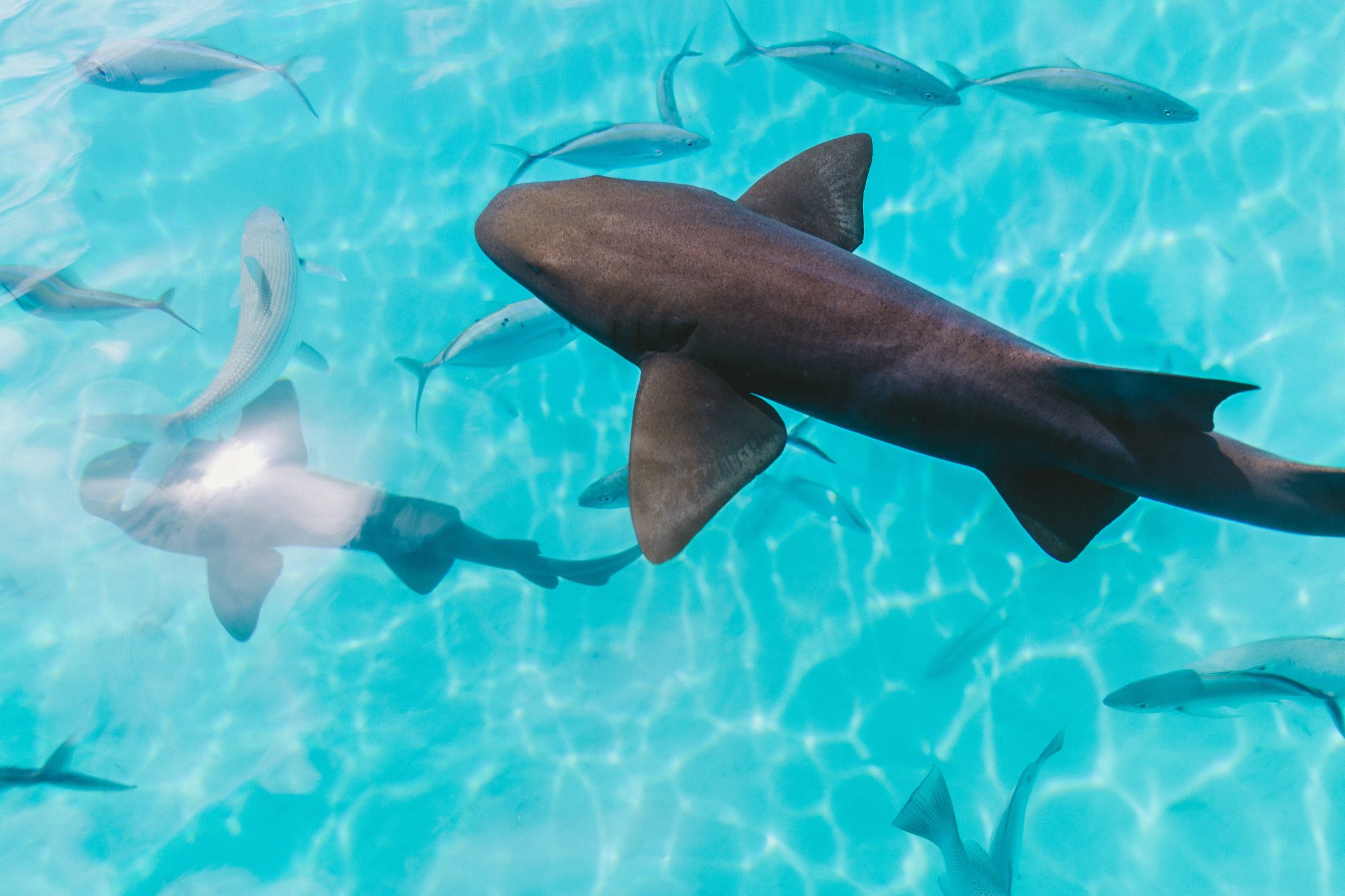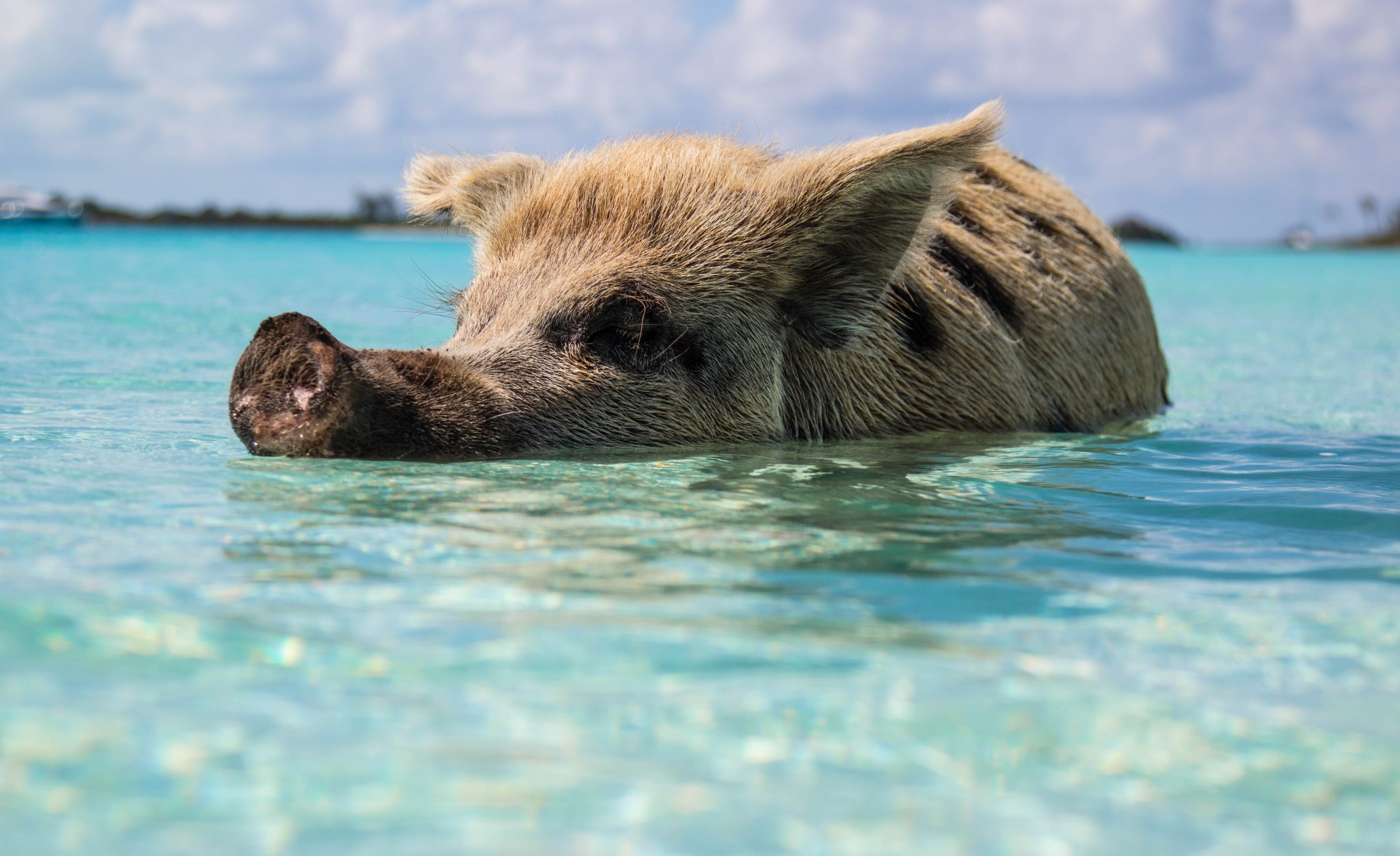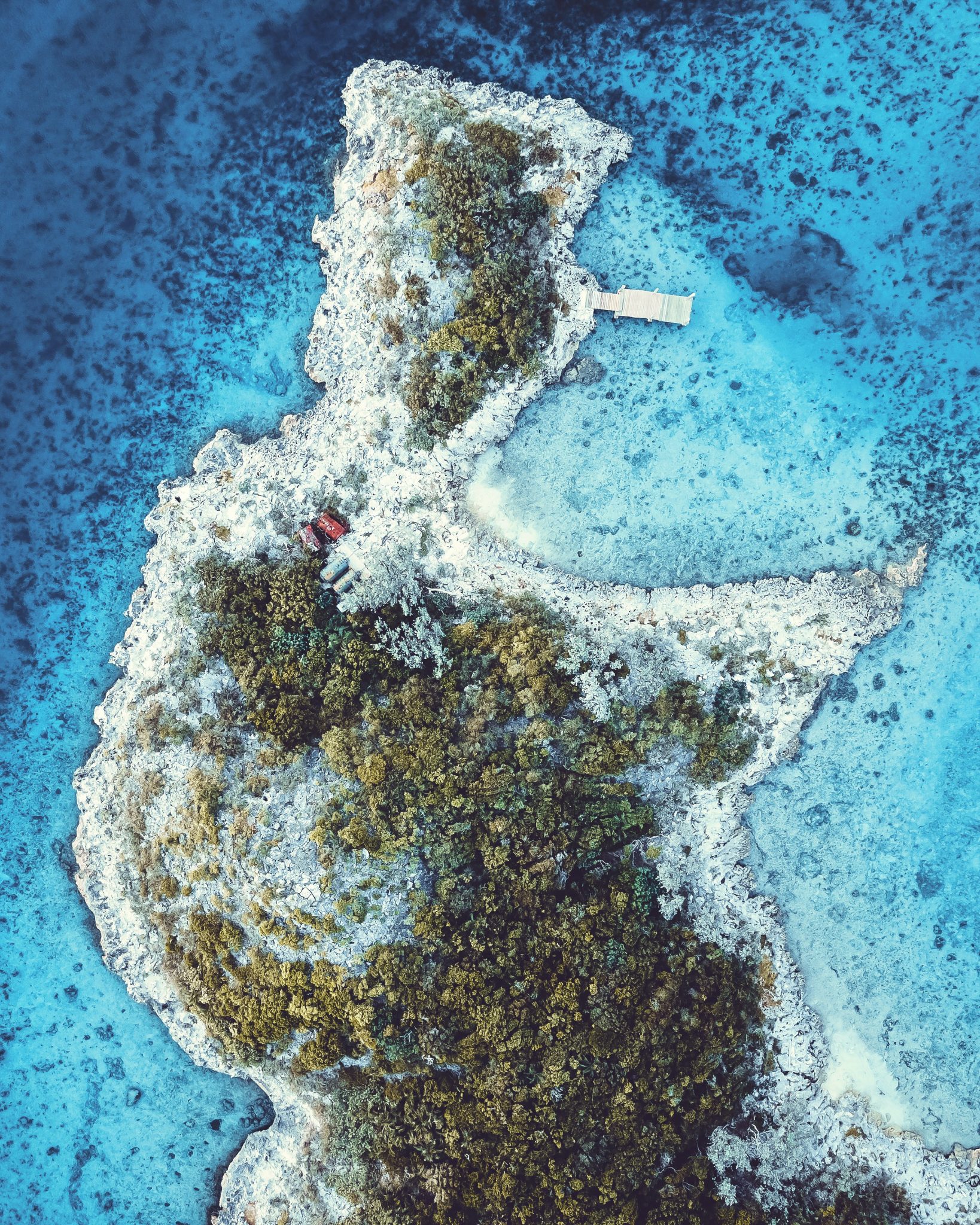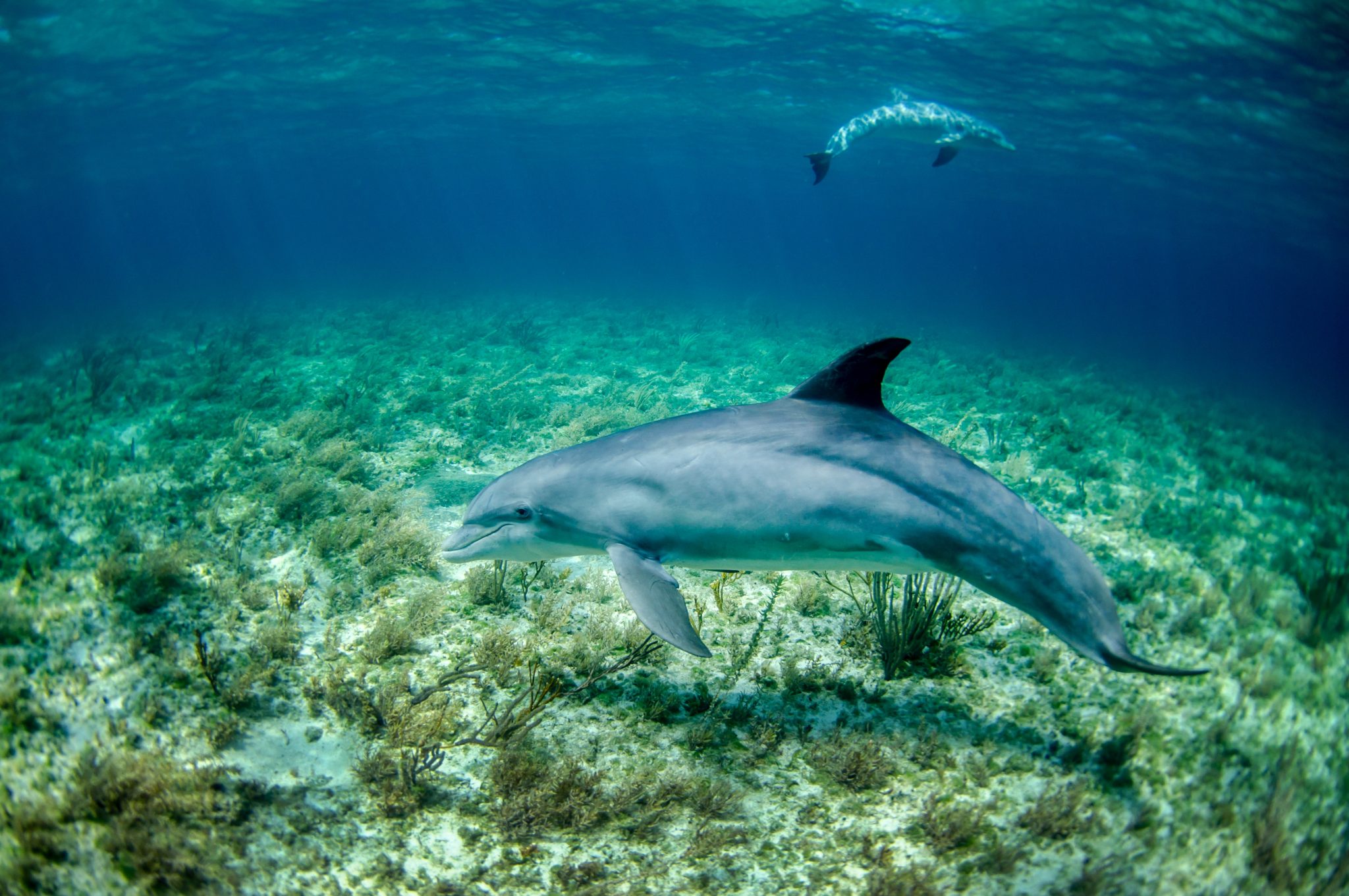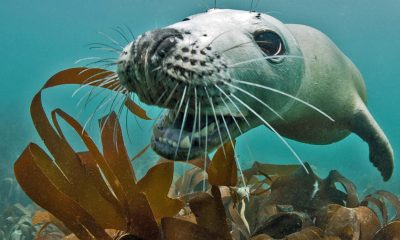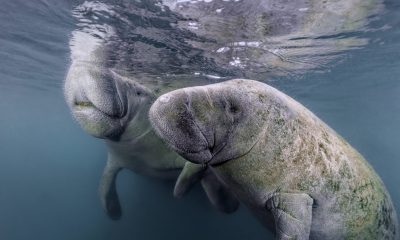Blogs
14 beginner-friendly dive sites in the Bahamas
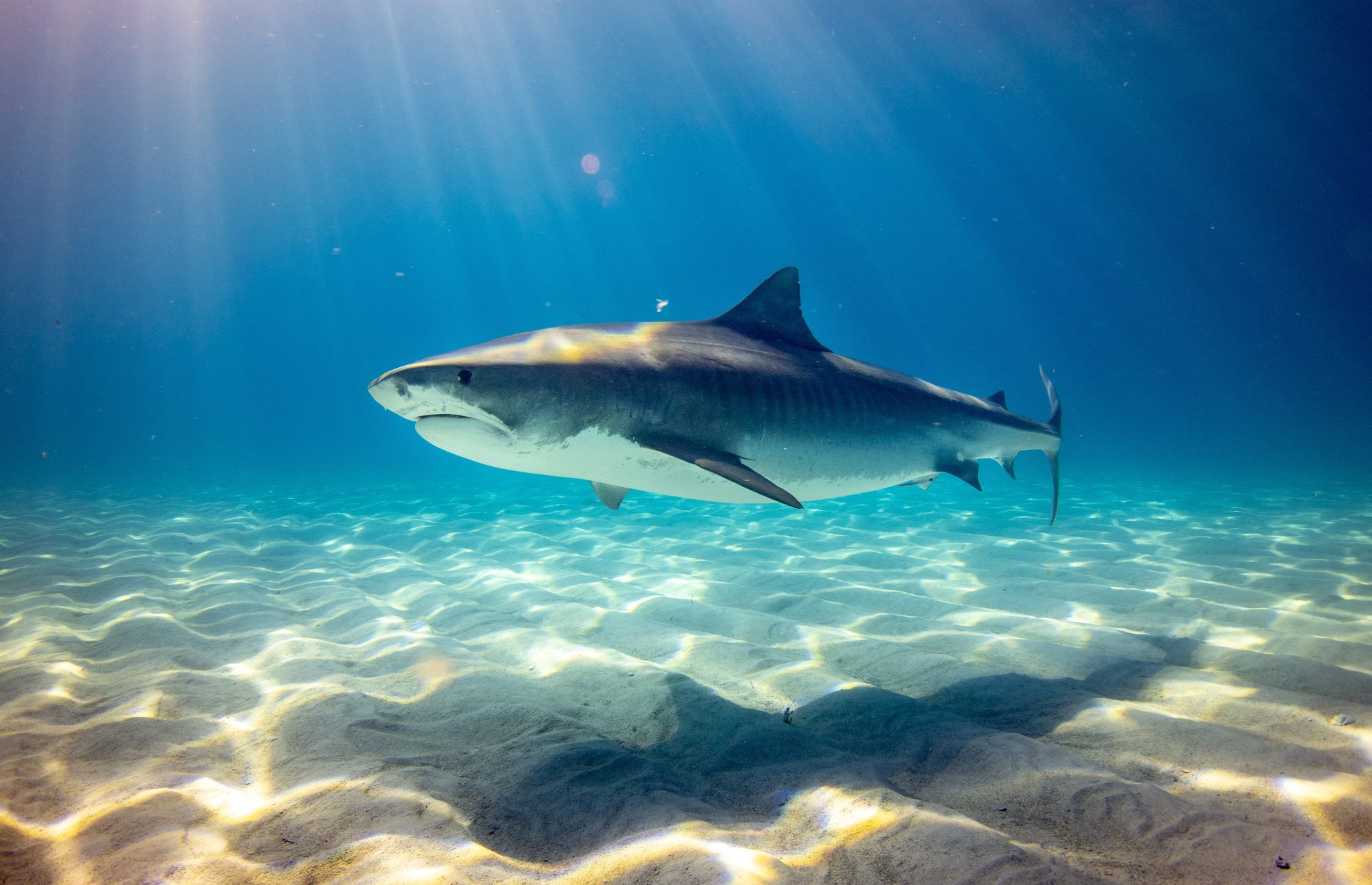
Whether you’re a seasoned diver or just getting your feet wet, the Bahamas offers a diverse array of dive sites to explore. From vibrant coral reefs to mysterious blue holes and thrilling shark encounters, this Caribbean archipelago has it all.
As a new scuba diver, you might be wondering what sets the Bahamas apart and why you should choose it as your next diving destination. The Bahamas offers not only beginner-friendly reef diving, but also the opportunity to meet some of the ocean’s most fascinating creatures, from graceful sea turtles to dolphins and stingrays. Read on for our pick of 14 beginner-friendly dive sites in the Bahamas.
Andros Island
Andros Barrier Reef: Start your Bahamian diving journey at the third-largest barrier reef in the world. This idyllic wonderland is characterized by shallow, calm waters, making it perfect for novice divers. Here, you can encounter a diverse array of marine life, from playful dolphins to Nassau grouper, marlins, sailfish, and plenty of colorful reef fish.
Blue Holes: Venture into the mesmerizing world of underwater sinkholes, such as the famous Blue Hole on Andros. With its crystal-clear waters, this site offers excellent visibility and a sense of mystery as you descend into its depths.
The Crater: Dive into an inland blue hole near Small Hope Island known as The Crater. This unique site was once the ocean floor and collapsed in on itself, revealing a captivating cave system. Here, you can witness sea turtles peacefully resting on the bottom, swim alongside graceful stingrays, and marvel at the walls adorned with vibrant corals.
Bimini
Bimini Road: Explore an underwater rock formation often compared to an ancient road. This extraordinary path of paving stones stretches along the seafloor for half a mile and is made up of large blocks, some of which are 12 feet (4 meters) across.
The origin of this structure is highly debated; some people believe it is manmade and might be the Road to Atlantis. Whether you believe that or not, the easy diving conditions and encounters with nurse sharks and stingrays make this site a fascinating dive for beginners. Dive depths are typically around 16 to 33 feet (5 to 10 meters), with water temperatures hovering around 75 – 85°F (24 – 29°C).
Cathedral: At the Cathedral dive site you can explore an ocean floor adorned with vibrant corals, creating a colorful and stunning underwater landscape.
Victory Reef: Descend to depths ranging from 30 to 79 feet (9 to 24 meters) and encounter green turtles, sharks, stingrays, and numerous reef fish at Victory Reef. The coral formations make this dive truly memorable.
Nassau
Shark Arena: If you’ve ever dreamed of coming face to face with sharks, Nassau’s Shark Arena is the place to do it. Experience shark feeding dives with trained professionals in a controlled environment, providing a safe opportunity to see various shark species up close. Dive depths typically range from 30 to 59 feet (9 to 18 meters).
Exuma Cays
The Exuma Cays offer a delightful mix of calm diving conditions and vibrant marine life.
Amberjack Reef: This shallow reef boasts colorful corals and thousands of fish, including angelfish, grouper, and barracuda. Multiple reef sharks also call this reef home. Explore this world of thriving corals in waters that range from 16 to 49 feet (5 to 15 meters) in depth.
Thunderball Grotto: Made famous by James Bond in the film Thunderball, this impressive underwater cave system is a must-visit. This jaw-dropping cave has light filtering in from holes in the ceiling, the sides, and through underwater holes. Numerous fish and vibrant corals are lit up by the sunlight, creating a mesmerizing underwater wonder for snorkelers and divers to enjoy.
And don’t forget the unique opportunity to swim with pigs at Pig Beach on Big Major Cay.
Abaco Islands
Pelican Cays Land and Sea Park: This protected area offers easy and calm diving conditions, making it perfect for beginners. Dive into a world teeming with marine life, including colorful corals and playful bottlenose dolphins. The average dive depths here range from 16 to 49 feet (5 to 15 meters), making it accessible for all skill levels.
Long Island
Dean’s Blue Hole: Plunge into the world’s deepest known saltwater blue hole, which reaches depths of over 656 feet (200 meters). It’s a very popular place for freediving, snorkeling, and scuba diving, and boasts water visibility reaching up to 98 feet (30 meters). This unique dive site is home to numerous reef fish, snappers, tarpons, sea turtles, seahorses, and rays.
Grand Bahama Island
Tiger Beach: If you love sharks, make sure you visit Tiger Beach. There you can encounter tiger sharks, lemon sharks, Caribbean reef sharks, and nurse sharks. Dive depths are typically between 20 and 49 feet (6 and 15 meters), and you simply kneel on the sand and watch the shark around you.
Cat Island
Cat Island is a paradise for divers, boasting dozens of dive sites along a reef-laced coast, far from the crowds of more popular destinations.
Columbus Point: Located at the very southeastern tip of Cat Island, this remote spot is best suited for advanced divers. However, if you’re eager to upskill, this site is worth the effort before your trip. Get a Deep Diver and Drift Diver certification under your belt and make sure you have some experience of diving in open waters.
Underwater pinnacles rise up from the ocean floor at Columbus Point, attracting large grouper and impressive sharks. Be prepared for strong currents and depths ranging from 59 to 131 feet (18 to 40 meters). Oceanic whitetip sharks are seasonal visitors and there are large game fish in the blue.
Eleuthera
Current Cut: If you have experienced divers in your group, Current Cut is a must. This dive site is thought to be one of the best drift dives in the world and offers a high-speed dive through a narrow channel with currents that can reach remarkable speeds. The water moves through this channel at up to 10 knots! Diving there is something to aspire to as you get move dives in your log book.
The Bahamas is a haven for scuba divers of all levels, including beginners. With its array of dive sites, there’s no better place to embark on your scuba diving journey. For more information about the Bahamas’ top dive spots, including dive sites reviews, check out this guide to diving in the Bahamas.
Kathryn Curzon, a shark conservationist and dive travel writer for SSI (Scuba Schools International), wrote this article.
Blogs
Diving redefined at TDEX Bangkok 2024: NovoScuba and Siam Diving Enterprises join forces to bring diving education to the next level
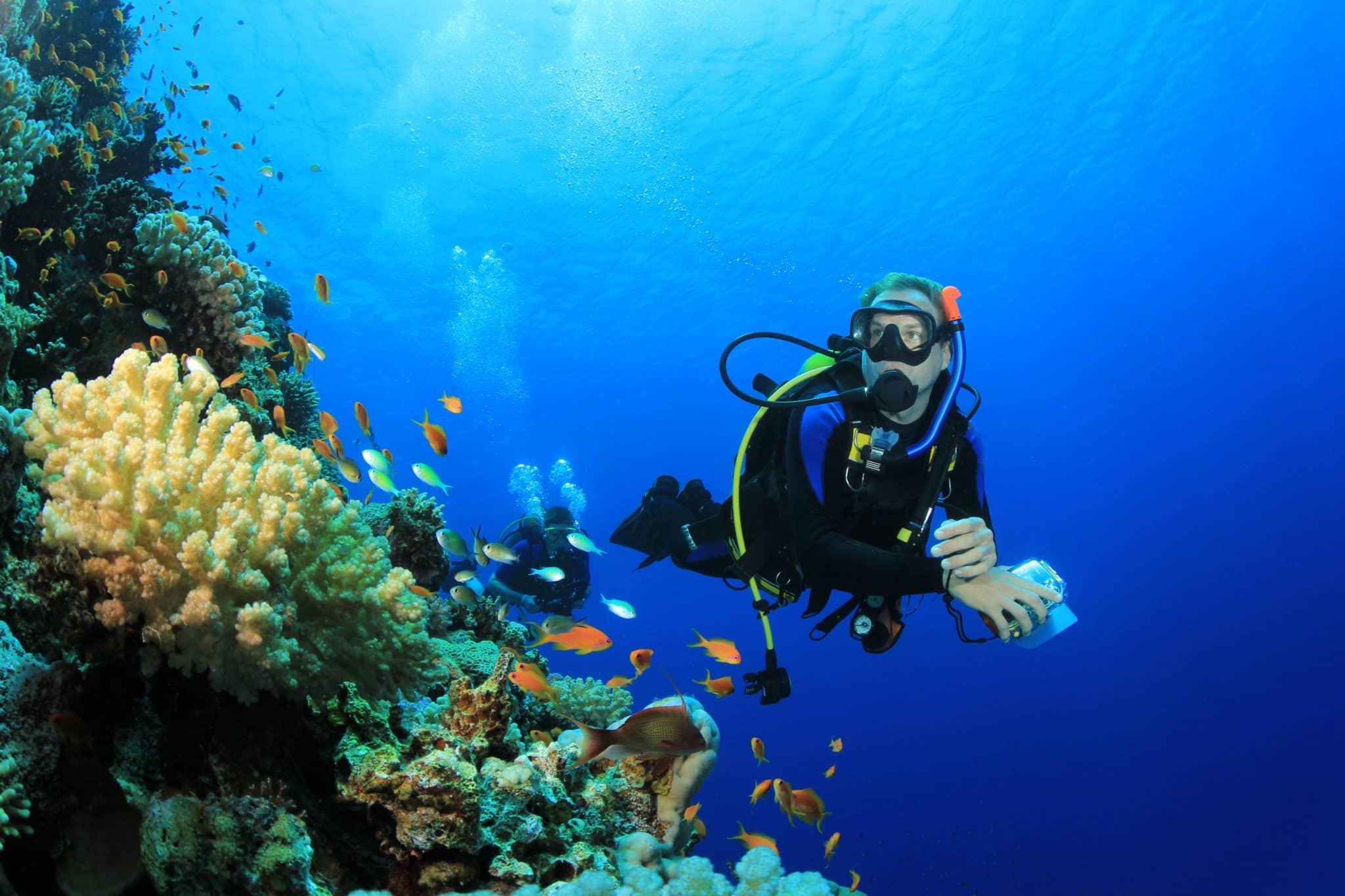
NovoScuba, a ground-breaking diving agency based in the UK, is preparing for the global debut of its innovative subscription-based training platform that is set to redefine the way diving education is provided. The much-anticipated launch will take place at TDEX Bangkok 2024, marking a significant milestone in NovoScuba’s journey to reshape industry standards.
As part of an important initiative, NovoScuba is pleased to announce a partnership with Siam
Diving Enterprises (SDE) and their renowned Ocean Store. SDE, as one of Thailand’s leading
suppliers of diving, freediving and snorkelling equipment, brings a wealth of expertise and
resources to this collaboration, furthering NovoScuba’s mission to elevate the diving experience for enthusiasts worldwide.
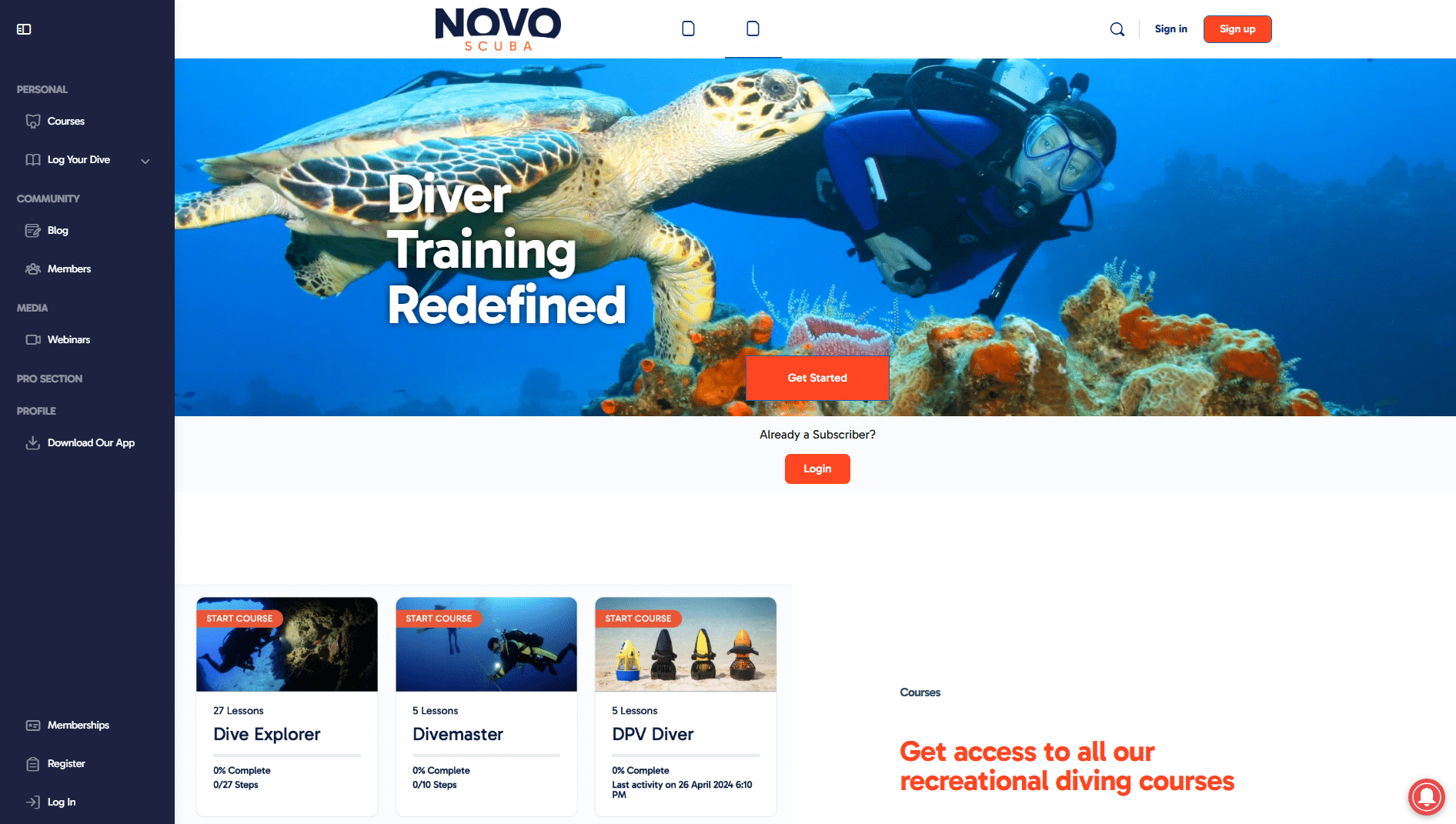
NovoScuba aims to revolutionise the way dive shop owners, dive professionals and dive
enthusiasts engage with diving, making it more accessible and profitable for the entire diving
industry.
 “NovoScuba is not just another certification agency; it’s a transformative force built on
“NovoScuba is not just another certification agency; it’s a transformative force built on
innovation and accessibility,” said Mark Spiers, founder and CEO of NovoScuba. “Our
partnership with Siam Diving Enterprises reflects our commitment to redefining diving education and empowering the diving industry at all levels.”
Siam Diving Enterprises, known for its extensive range of premium diving equipment from leading brands, will host NovoScuba at stand A74 during TDEX. This strategic collaboration offers divers a unique opportunity to experience first-hand NovoScuba’s groundbreaking approach to diving education.
NovoScuba’s platform offers state-of-the-art training programmes, including recreational and professional diving courses, designed to meet international standards and ISO certifications.
With a subscription-based model, digital learning materials available in 13 languages and
multi-platform accessibility, NovoScuba ensures that diving education is within reach for
everyone.
“We are inviting all dive enthusiasts, professionals and shop owners to join us on this
revolutionary journey,” added Mark Spiers. “Together we can redefine diving as we know it and
make a positive impact on the planet.”
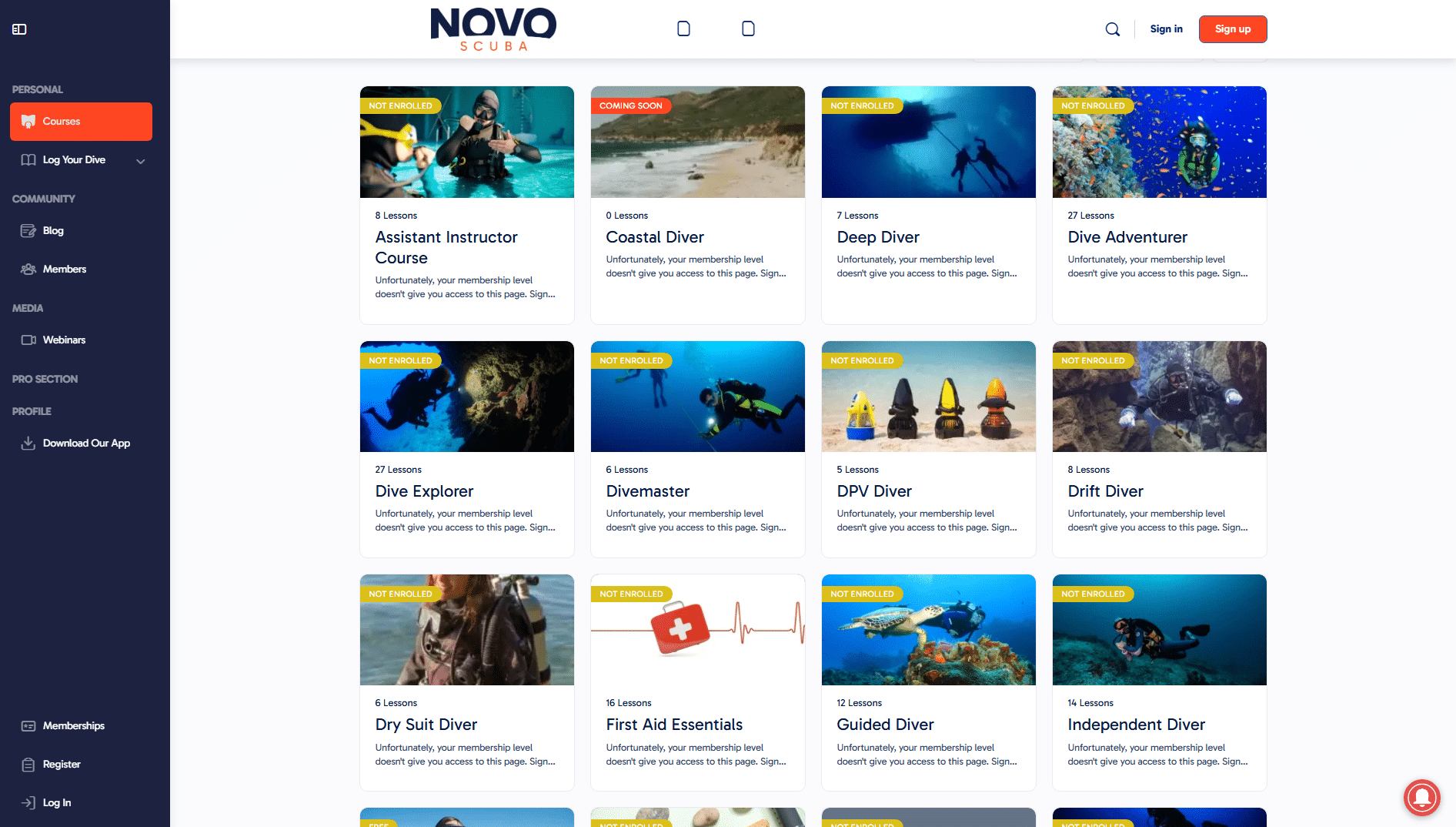
Visit Siam Diving Enterprises and NovoScuba at stand A74 during TDEX Bangkok 2024 to
explore the future of diving education and discover the latest innovations in diving equipment.
About NovoScuba: NovoScuba is a pioneering dive training agency committed to making
diving inclusive, accessible, and enjoyable for everyone. With a focus on innovation and
positive impact, NovoScuba offers state-of-the-art training programs, digital learning
materials, and a subscription-based platform designed to redefine the diving industry
worldwide. To learn more about NovoScuba’s innovations, go to www.novoscuba.com.
About Siam Diving Enterprises (SDE): Siam Diving Enterprises (SDE) is one of the
largest suppliers of scuba diving, freediving, and snorkelling equipment in Thailand. With
warehouses in Bangkok and a team of industry experts, SDE offers a comprehensive range
of premium products and exceptional customer service to diving enthusiasts across the
country. To learn more about SDE go to Ocean Store Thailand website.
Blogs
Wrecks’ Curse – The World of Wreck Diving
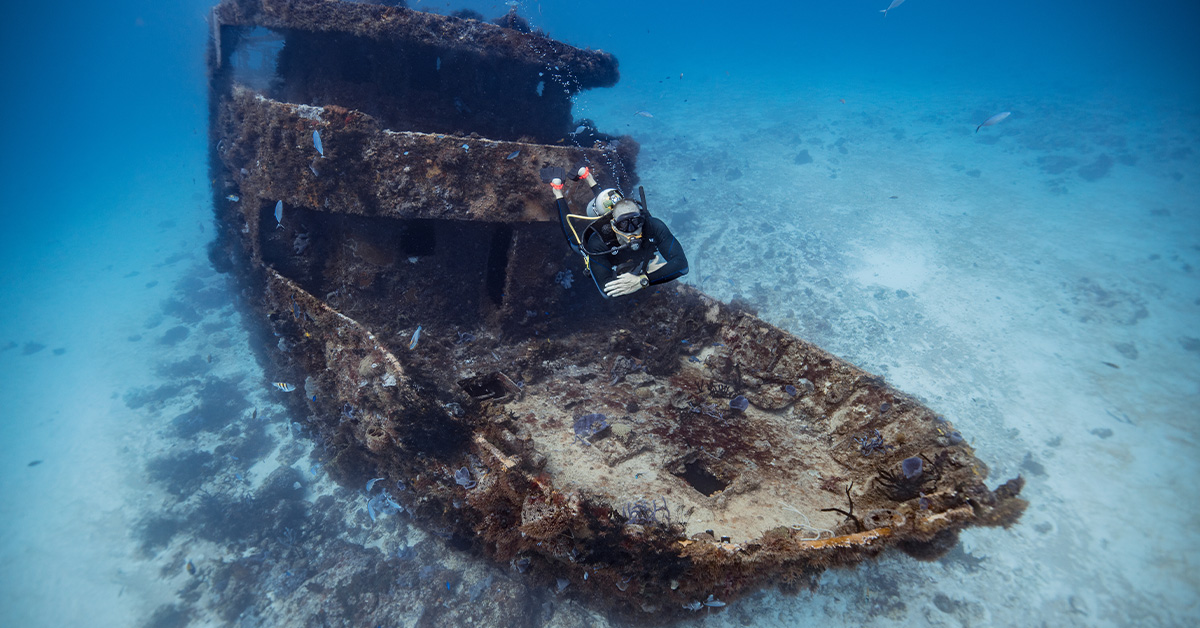
By Pablo Mir
We all enjoy those unexpected encounters that come with wreck diving, no matter how small, during our open water scuba dives. Exploring those nearly vanished remains of a ship scattered across the ocean floor is frequently the climax of the otherwise regular dive.
What is Wreck Diving?
Wreck diving involves exploring underwater shipwrecks while scuba diving. Sometimes, the wreck we encounter is more than just the remnants of a small and forgotten old vessel. Or perhaps we didn’t deliberately choose it, but the charter we boarded had that destination planned that day. The Benwood, less than 14 meters or 45 feet deep, in the clear waters of the National Marine Sanctuary in Key Largo, Florida, or the Copenhagen of Fort Lauderdale, also Florida, are good examples. Divers, many beginners who haven’t even devoted half a second to thinking about wreck diving, enjoy exploring their remains and the fauna that inhabit them. In some way, and at different levels, we all seem to potentially be wreck divers, even without a higher and explicit intention.
First Encounters: The Unplanned Dive into Wreck Exploration
But the trek is long and has many branches. Wrecks present themselves in vast possibilities, from shallow and clear waters to deep and dark ones. The Ancient Mariner, Captain Dan, U352, Great Isaac, Grecian, Lady Luck, Hyde, Aeolus, Hydro Atlantic, RBJ & CC, Algol, U869, and the Andrea Doria -the Grand Dame of the Sea- are some of the names that resonate among thousands in the minds of many wreck divers on the East Coast of the USA. For many of us, getting ready to traverse that path of increasing challenges, increasingly demanding environments, and more astonishing, transcendent dives is a life goal in terms of recreation.
A Diverse World: The Spectrum of Wreck Diving Experiences
Now, it is well known that the label of wreck diving is not only applied to shipwrecks. It is common to extend it to any artificial structure or piece of it that can be explored during our dives. For example, Texas Tower #4, an Air Force radar station off the coast of New Jersey, toppled in 1961 by a storm, is frequently visited by numerous local technical divers and visitors who want to test their skills in those demanding waters. Similar structures of different natures and purposes exist in many other places, with the most different levels of certification and experience requirements we can imagine.
Is Wreck Diving Dangerous?
Wreck diving is not inherently dangerous, but proper training is required. Describing with words the feeling of wonder and the adventure involved in wreck diving is not easy. In the same way that regular open water diving is the entry point to another world, a unique, fascinating world, wreck diving is also an entry point to one of the additional levels of enjoyment and fascination the world of recreational diving poses. Wreck diving, we live the adventures others just dream or fear. We are there, explorers of a distant land. Often, we witness the remains of real human tragedies; other times, we are visitors to the most wonderful amusement park we can imagine.
Learning Curve: The Path from Novice to Experienced Wreck Diver
Sometimes, watching groups of recreational divers exploring a wreck might seem like witnessing a scene from a pirate movie. Two or three divers here, two or three more there, ascending and descending along its sides, from bow to stern, sticking their heads in to look inside compartments and passages. In some cases, entering and exiting the bridge or any space allows penetration in areas with abundant natural light and generous access points. Their expressions and body language make it easy to notice that they are having a great time. There is no doubt they are enjoying it, and it will be an experience they will vividly remember.
If they are a group traveling together, an instructor or divemaster may be there to ensure everything goes well. The passion for exploration, for discovery, and that thirst for adventures we all have within us can sometimes hinder us in making our best decisions. Therefore, to become actual wreck divers, we must not only desire to do so but also have the will to learn and gain experience, slowly and safely, in everything this specialty implies. While it is true that exploring the exterior of a wreck may seem like something that doesn’t require specific training, the reality is that it does. Fishing lines, sharp surfaces, parts that can easily come off, suddenly disappearing visibility, disorientation, etc., are dangers we must have learned about, developed strategies to avoid, and implemented procedures to solve with the proper tools.
And so it will be; many will traverse the paths of wreck diving by starting with proper training. Sometimes, the first step is part of the regular advanced diver certification many divers take; other times, it is going straight for a wreck diving specialty. They will learn and start practicing, gaining experience and ease in their procedures. They will fall more and more in love with those twisted iron environments and proudly display the rust stains on their diving suits as if they were scars from a well-fought battle.
Deepening the Dive: Advanced Wreck Exploration Techniques
But the journey continues. Sooner or later, some will want more than just hovering around the wrecks. Crossing well-lit passages with the exit in sight will no longer be enough for them. What they recently may have told themselves they wouldn’t do will begin to intrigue them, and they will want to continue training “just in case.” They will want to start moving away from those open corridors and see with their own eyes what lies beyond. They will no longer see wrecks as enemies to overwhelm in large groups but as a mystery to unravel slowly, passage by passage, room by room. They will split into small groups. They pursue a specific goal, have a specific plan, and seek to minimize unexpected situations, and this is more controllable and achievable when done by two or three rather than four or five.
They will keep learning, venture through narrow passages, dodge cables and pieces of metal hanging from what is now the ceiling, and proceed cautiously to avoid stirring up sediments. They will use different methods to establish positions at crossroads, place strobe lights, carry multiple penetration reels, and carry substantial knives, the kind they used to laugh at not long ago, thinking they were unnecessary exaggerations.
The Wreck Diver’s Journey: A Path of Endless Discovery
Over time, they will penetrate deeper and deeper into larger, darker, gloomier, more frightening wreck structures, simply because they can. They will descend to greater depths because that’s where they are in better condition and farther away from the boarding hordes.
They will transition from Air to Nitrox, later return to Air, and later delve into the world of Trimix. They will start planning and executing dives with decompression stops, as otherwise, their bottom times will be insufficient for their intentions. From one decompression gas cylinder, they will move to two, and in some cases, three or more. Those who can afford it will buy rebreathers; those who can’t will stick to open circuit, carrying multiple large cylinders.
The Eternal Call of the Deep
But genuine amazement will hit them hard on the day they, thinking carefully about all the steps they have taken and accounting for the time and effort dedicated, conclude without a shadow of a doubt that it was worth it. It will be too late for them; they will have fallen victim to this curse of shipwrecks that has trapped so many. There will be no escape for them; from now on, they will be wreck divers without cure or remedy. They will be condemned to spend the rest of their vacations and days off among twisted irons at the bottom of rivers, lakes, and oceans. Cheers buddies! And a warm welcome to all those newcomers to recreational diving who, unknowingly, may be destined to wander among old wood and rusted metal, seeking to put out that thirst for real-life adventures.
To find out more about International Training, visit www.tdisdi.com.
Main Image: William Drumm/International Training
-

 Gear Reviews1 month ago
Gear Reviews1 month agoGEAR REVIEW – Revolutionising Diving Comfort: The Sharkskin T2 Chillproof Suit
-

 Blogs2 months ago
Blogs2 months agoMurex Resorts: Passport to Paradise!
-

 Blogs3 months ago
Blogs3 months agoDiver Discovering Whale Skeletons Beneath Ice Judged World’s Best Underwater Photograph
-

 News3 months ago
News3 months agoPADI Teams Up with Wellness Brand Neuro to Drive Ocean Change and Create a Blue State of Mind
-

 Blogs3 weeks ago
Blogs3 weeks agoDive Indonesia Part 3: Dive into Lembeh Trip Report
-

 Marine Life & Conservation3 months ago
Marine Life & Conservation3 months agoSave the Manatee Club launches brand new webcams at Silver Springs State Park, Florida
-

 Blogs2 months ago
Blogs2 months agoSeagrass Awareness Month brings critical food source for Manatees to centre stage
-

 Blogs2 months ago
Blogs2 months agoSOMABAY: Scubaverse interviews Wolfgang Clausen, General Manager, ORCA Dive Clubs


